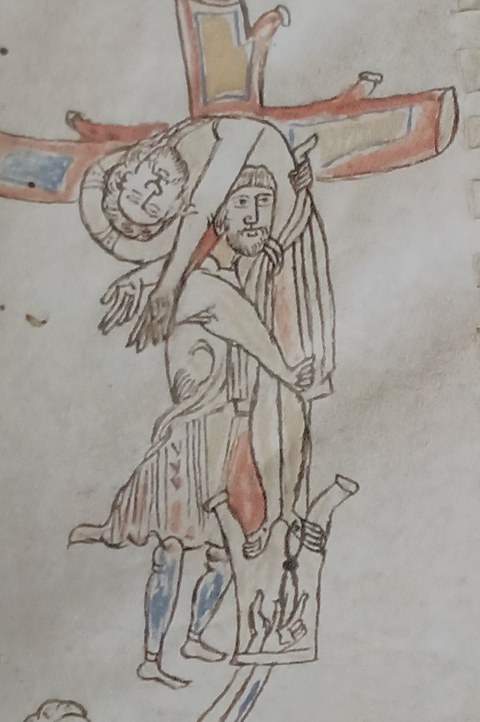Affective Spirituality and Cultural Identities: The Shaping of Religious Institutions across the Pyrenees after 1000
Project lead: Dr. Ekaterina Novokhatko
Around the year 1000, medieval society in Western Europe reconsiders the contemplative life. Inspired by the Eastern Desert Fathers, the religious and lay elites addressed to the ascetic and eremitical practices understanding those as possible means to achieve spiritual perfection. Sometimes idealistic, the individual approaches to reform coenobitic life and revive eremitical traditions, based on a personal connection to God, are in dialogue with collective and ritual practices.
This project, funded by “Maria Reiche postdoctoral Fellowship” (TU Dresden), will investigate the rise of the new devotional practices aimed at spiritual perfection that emerged from the 10th to the 12th centuries in the Trans-Pyrenean region. The corpus of northern Iberian and southern French sources unexploited to date reveals the spiritual concerns proper to Mediterranean Christianity throughout the eleventh century: while liturgical texts testify to Christological devotion, the favouring of ascetic and evangelical ideals in daily liturgical readings, hagiographic texts develop a conception of redemption and of the path to perfection, crucial for the Italo-Greek reformer network that influenced the southern French and Iberian religious institutions.
Exploring the affective dimension in new spiritual practices sheds light on their role in shaping identities of north-eastern Iberian and southern French religious communities. Combining various methods, such as the history of religious institutions, cultural history and affective anthropology, this study aims to demonstrate several phenomena: first, it will contribute to the understanding of the links between affective and ascetic strategies at the heart of the new piety. Second, it will highlight the crucial role that personal and institutional networks played in the integration and adaptation of new models of contemplative practice in the religious communities of aforementioned region. Third, it will demonstrate how the models of contemplative practice were institutionally used for shaping the networks of religious congregations and the new orders.
Altogether this will show how the religious communities across the Pyrenees (re)considered affective spiritual practices that were as much a product of local socio-cultural and religious realities as they were products of trans-Mediterranean cultural exchanges.

